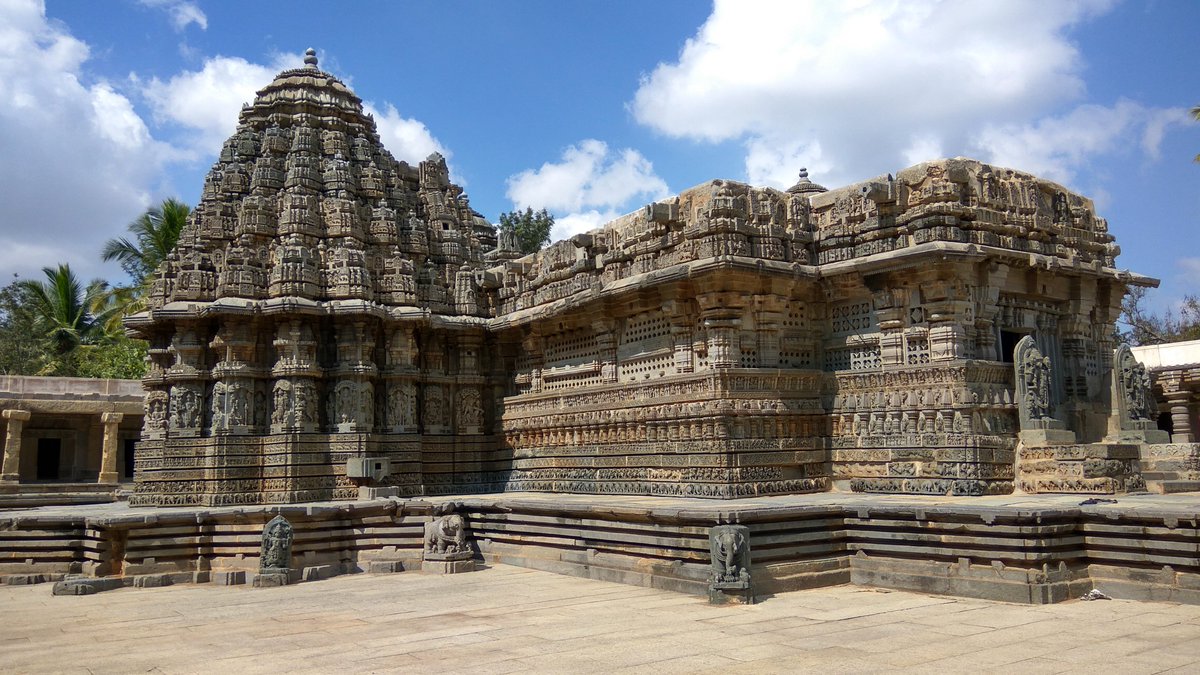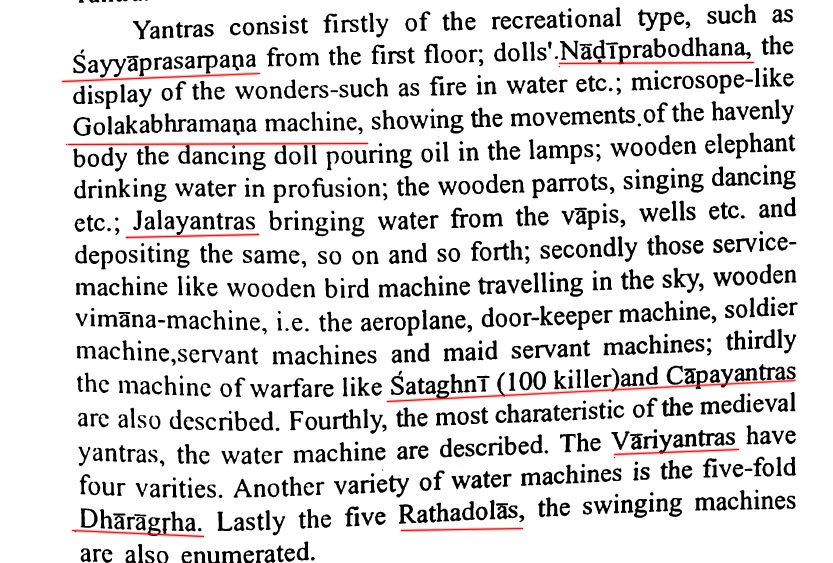{THREAD}
Since today is the Bhumipooja for the new parliament building, we'll see what our ancient text on Architecture, the Manasara-Shilpashastra says on the rituals to be performed & the deities to be invoked before the commencement of any construction activity. (1)
Since today is the Bhumipooja for the new parliament building, we'll see what our ancient text on Architecture, the Manasara-Shilpashastra says on the rituals to be performed & the deities to be invoked before the commencement of any construction activity. (1)
The Balikarma-vidhana (sacrificial offerings) are prescribed for various deities. These deities preside over different partitions of the ground plan of what is being built.
This is just an example of the various deities presiding over different partitions of the plan. (2)
This is just an example of the various deities presiding over different partitions of the plan. (2)

Now each one of the 45 presiding deities need to be invoked & offered a "bali" (offerings). The offerings can be anything from milk, curd, butter, rice, sesame, honey, modaka sweet to fish & meat in case of asuric deities. We'll see in detail in the following tweets. (3)
The performer of the offering must observe a fast overnight, with a pure body & cheerful mind, putting on his best clothes should collect the requisites for the offerings.
Offerings should be made to Brahma & other gods as well as to the Rakshasas.
(4)
Offerings should be made to Brahma & other gods as well as to the Rakshasas.
(4)

The 1st offering is made to Brahma. It consists of Akshata(unhusked grain), Dhupa(insense), Deepa(lamps) followed by pushpa(flowers), sugandha(perfume), ksheera(milk), Madhu(honey), navanita(butter) & payasam (sweet)
(5)
(5)

This is followed by an offering an offering of fruits to Aryaka. Sesame, rice & curdled milk to Vivasvat & curdled milk again to Mitra. Bhudhara is offered condensed milk.
(See the plan picture in the 2nd tweet above for the location of all the deities)
(6)
(See the plan picture in the 2nd tweet above for the location of all the deities)
(6)

Parjanya too is to be offered condensed milk. Jayantha is offered flowers & fresh butter. Honey & perfume is offered to Bhaskara.
(7)
(7)

Fresh butter is offered to Bhrisha.
Gagana(Antariksha) is offered Haldi, beans, milk ,butter & Tagara plant.
Agni should be offered unadulterated condensed milk.
Pushan is offered payasam.
Vithata is offered boiled rice.
Yama is offered dried rice. (8)
Gagana(Antariksha) is offered Haldi, beans, milk ,butter & Tagara plant.
Agni should be offered unadulterated condensed milk.
Pushan is offered payasam.
Vithata is offered boiled rice.
Yama is offered dried rice. (8)

Gandharva is offered aguru(aloe wood) & perfume.
Bhringiraja is offered fish.
Mrisha is offered milk & boiled rice.
Pithri is offered sesame rice.
Dauvarikha is offered sesamum grains. (9)
Bhringiraja is offered fish.
Mrisha is offered milk & boiled rice.
Pithri is offered sesame rice.
Dauvarikha is offered sesamum grains. (9)

Sugriva is offered Modakam.
Pushpadanta is offered flowers & water.
Varuna is offered payasam.
Asura is offered rakta (blood).
Shosha is offered sesamum & rice.
Roga is offered dried fish.
Marut is offered rice porridge mixed with haldi.
(10)
Pushpadanta is offered flowers & water.
Varuna is offered payasam.
Asura is offered rakta (blood).
Shosha is offered sesamum & rice.
Roga is offered dried fish.
Marut is offered rice porridge mixed with haldi.
(10)

Naga is offered parched grain
Mukhya is offered grains of rice.
Bhallata is offered gudaka(molasses).
Soma is offered rice boiled with milk.
Aditi is offered sweets.
Udita is offered seasamum grains, flowers & fruits.
Savitra is offered milk,rice,butter,corn.
(11)
Mukhya is offered grains of rice.
Bhallata is offered gudaka(molasses).
Soma is offered rice boiled with milk.
Aditi is offered sweets.
Udita is offered seasamum grains, flowers & fruits.
Savitra is offered milk,rice,butter,corn.
(11)

Indra is offered mudga(kidney beans)
Rudra is offered beans.
Rudrajaya is offered meat.
Apavatsa is offered to be offered Kumuda(white lotus)
(12)
Rudra is offered beans.
Rudrajaya is offered meat.
Apavatsa is offered to be offered Kumuda(white lotus)
(12)

On the completion of the offerings, the one performing these rituals should mediate on his own Siva (special deity) with a purposeful mind. (13) 

These rituals are mandated in order for there to be prosperity, contentment, peace & welfare. Failing to perform these mandated sacrifies will result in adverse outcomes.
The section on Balikarma-vidhana (sacrificial offerings) ends with the below verses.
The section on Balikarma-vidhana (sacrificial offerings) ends with the below verses.

• • •
Missing some Tweet in this thread? You can try to
force a refresh






























